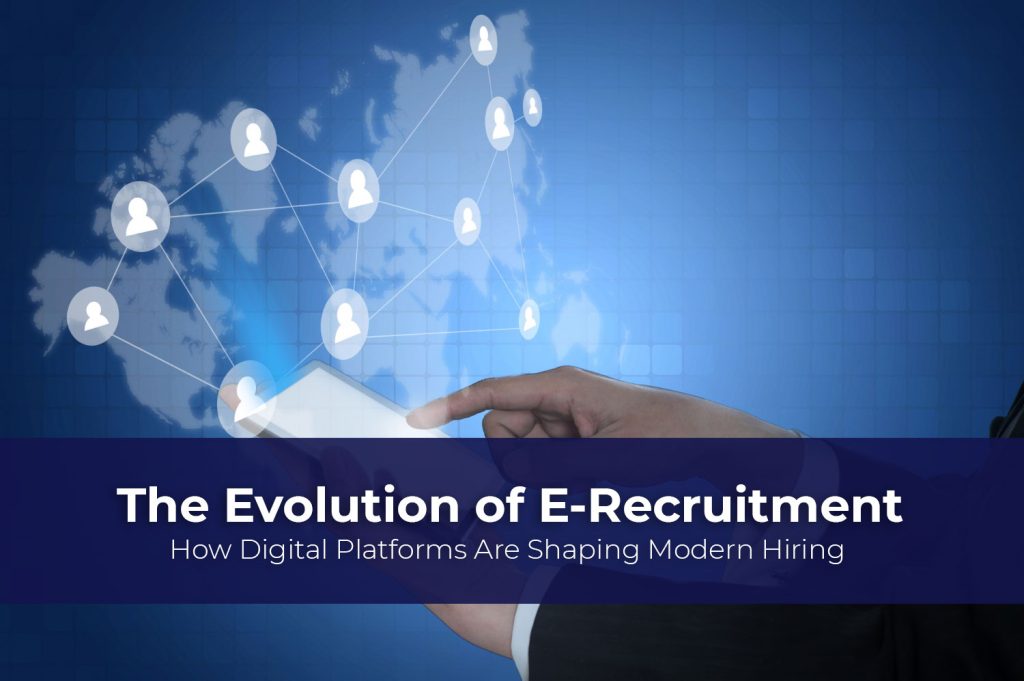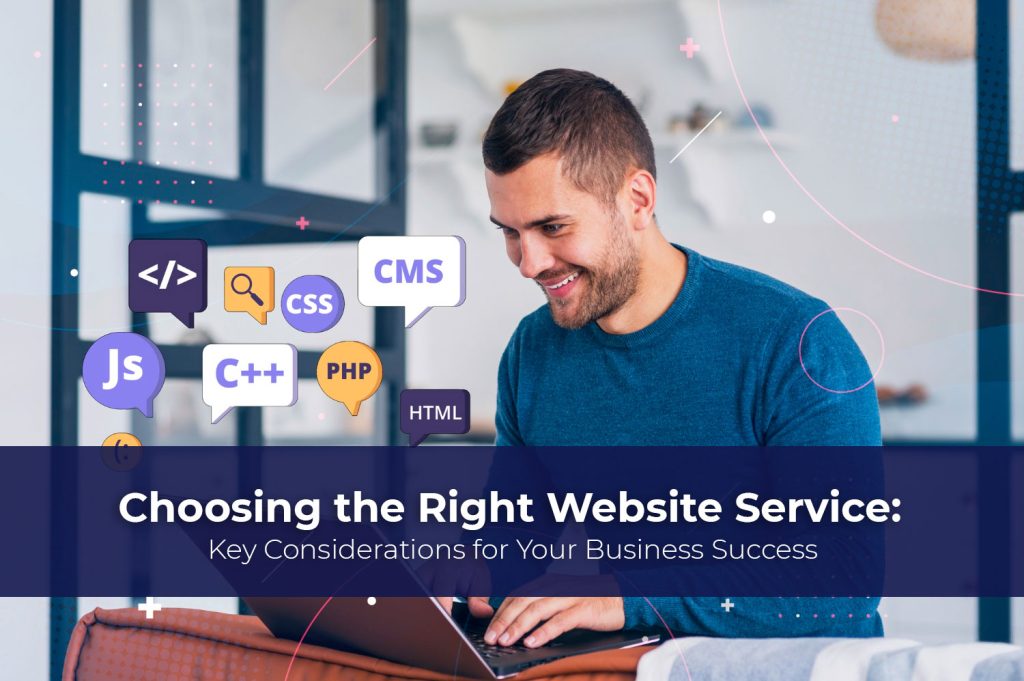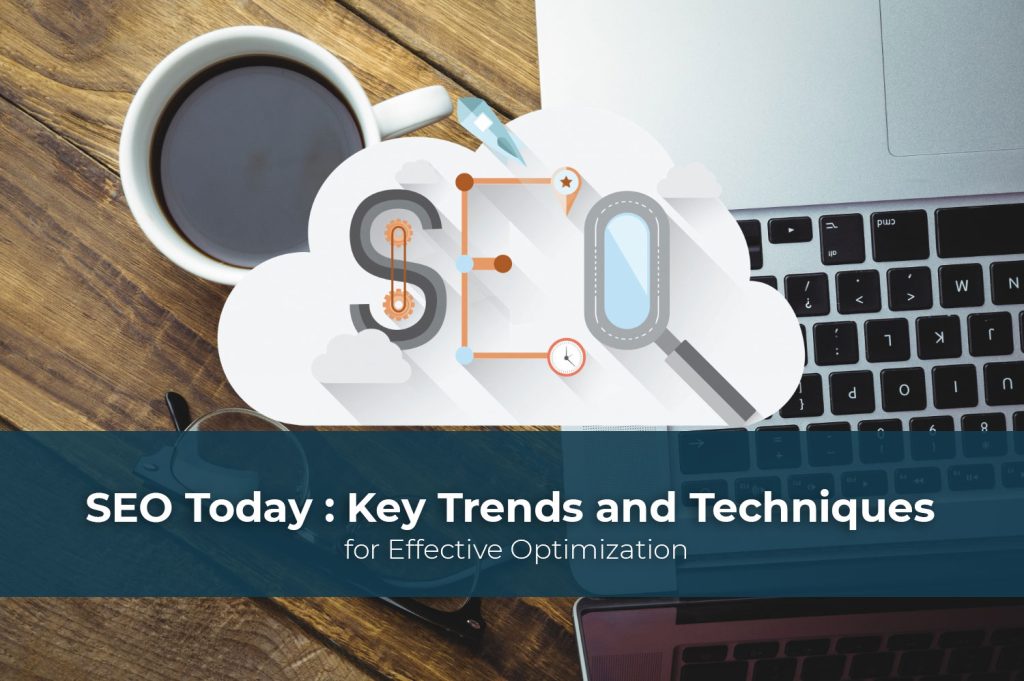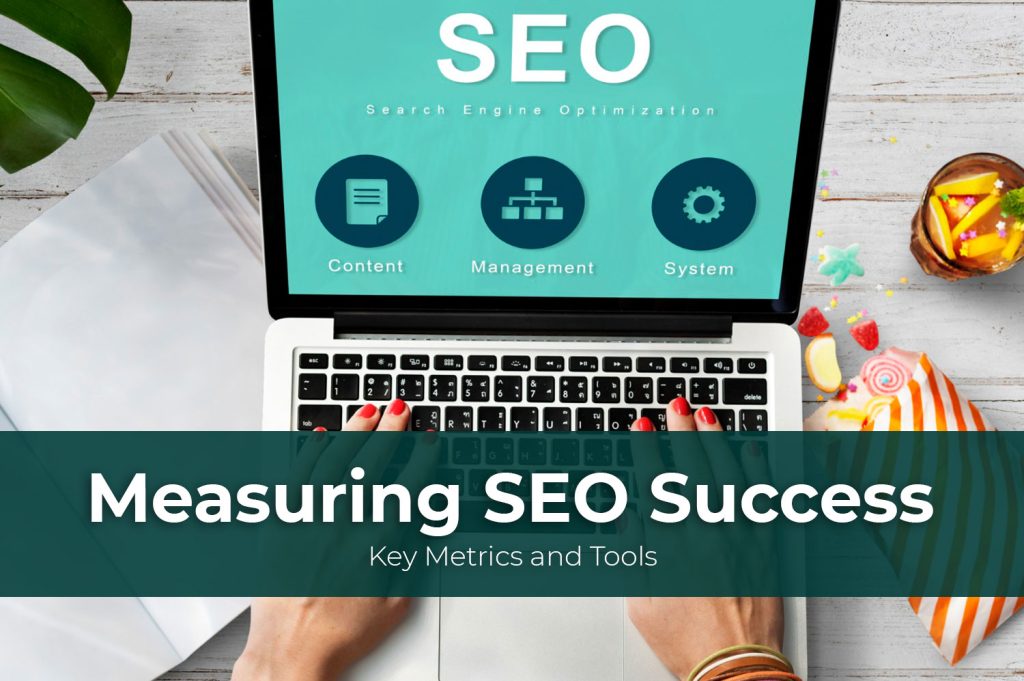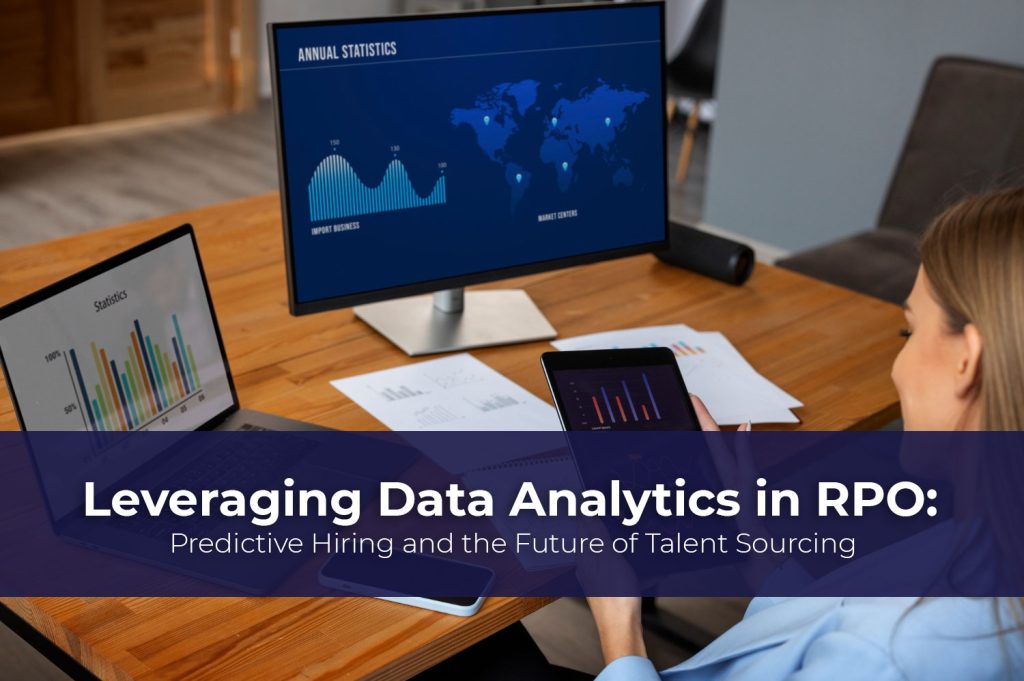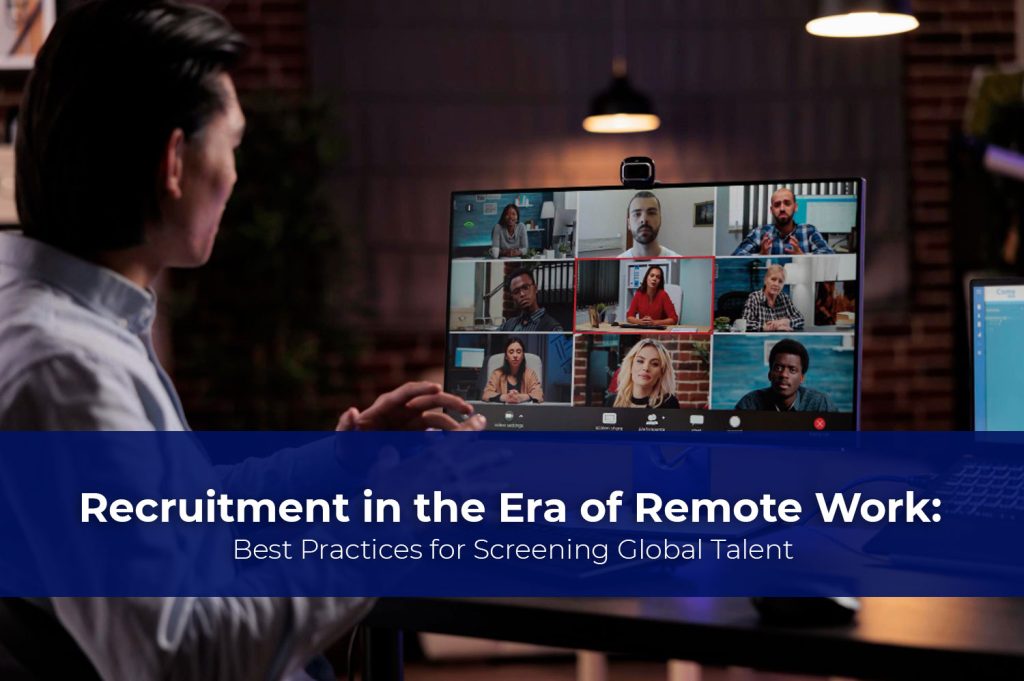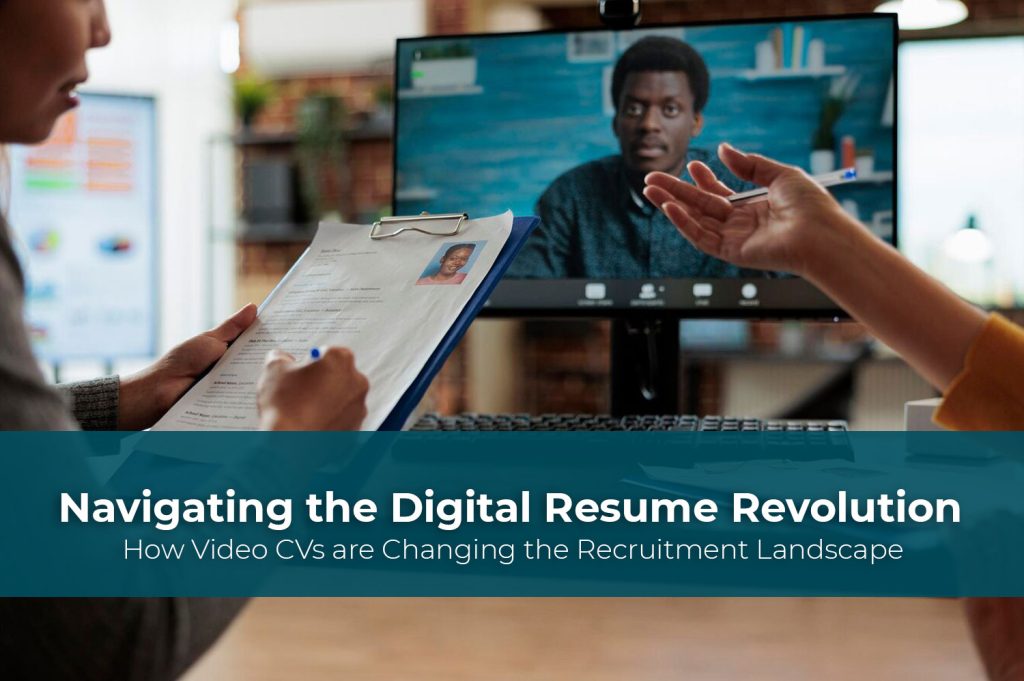Understanding & Using RPO Technology: A Digital Revolution in the Making

“We’re changing the world with technology.” – Bill Gates, Founder of Microsoft
RPO technology has become something of a silver bullet for employers in recent times. What once was merely an optional part of the hiring process that was used to outsource emergency hiring needs, has become more of a staple for businesses. Why is this the case? Quite simply put, the job market today is starkly different from what it was just a few years ago. With the arrival of the Covid-19 pandemic came scores of unemployment and layoffs, there was an unprecedented need for change across all industries. More and more businesses shifted to a modified workplace solution. This was mostly in the form of the hybrid working model. It in turn prompted a mass scale shift to remote working and digital hiring.
Recruitment process outsourcing brings a lot to the table as a potential solution to this hurdle that businesses face. This is mainly through its use of technology and expert navigation of a complex workplace ecosystem. RPO agencies, whose core functions revolve around talent acquisition, are subject matter experts in the recruitment field. They leverage cutting-edge tools and technology to tackle the rapidly changing recruitment landscape. In this article, we will cover some instances of how technology is used by RPO agencies. We will also look at how a business can understand what kind of RPO technology would best suit the organization’s needs. So without further delay, let’s get into it.

It's more efficient to invest in RPO than to implement the technology with in-house teams.
Table of Contents
ToggleDigital Hiring: Forced Trend or Future of Recruitment?
Here is perhaps one of the best instances of how recruitment process outsourcing agencies use technology to help simplify the recruitment process. Digital hiring really took off during the peak months of the pandemic. It sort of stayed constant even after the situation was alleviated. As a result, many companies hopped on the bandwagon. They started investing in digital technologies, which has, in turn, led to the overall onboarding system becoming more digitally adept by leveraging these latest technological advancements through online media.
However, there lies a challenge in this. Investing in HR technology to try and keep pace with newer engagement models isn’t the best way to go about the whole recruitment process. It’s not efficient and takes a lot of bootstrapping. This is where RPO partners come in to help you execute the desired results. Besides bringing in someone who is an expert with said technology, you also boost your operational efficiency and bring down the overall cost.
Here’s an example of how it might pan out. Once you partner with the RPO agency, they will use digital-first, cutting-edge technology to gather, store and manage data on the cloud. They will then take on the task of assessing and screening candidates to ensure that they have the necessary skills and fit the company’s needs in terms of attitude, dedication, motivation, and overall competency.
“Technology, like art, is a soaring exercise of human imagination.” – Daniel Bell
RPO Technology: Other Ways RPO Firms Operate in the 21st Century
One of the most popular ways of conducting recruitment in recent times is social media and related social platforms. LinkedIn is one such example. It’s an emerging trend where candidates and employers alike are taking to social platforms. They use these platforms to engage in dialogue as opposed to traditional recruitment tactics. As a result, even RPO firms have taken the initiative by launching engagement campaigns to help employers maximize the results.
Another form of technology that is often used in tandem is Artificial Intelligence-based tools. These tools use complex algorithms to ensure that compliance is met when it comes to hiring and staffing. It’s far from the informal process that it once was, and is an effective methodology in its own right.
Now, we could go on and on about the list of different technologies that are used in the 21st Century recruitment process, but then we would be here all day. These examples are but a small glimpse into how RPO firms utilize technology.
Understanding What RPO Technology Your Organization Needs
There’s no doubt that RPO technology has had a profound impact in recent years, especially with the pandemic pushing businesses to embrace it. It’s survival of the advanced now…sorry Darwin. Technological advancements are moving so fast that it’s hard to keep up with all of them. This brings us back to the point we talked about before. It’s just not efficient to try and keep up, rather you need an RPO expert that knows what needs to be done and helps you do it. As the saying goes, ‘Work smarter, not harder.’ However, even with the aid of an recruitment process outsourcing firm, you still need to know what you’re getting into.

You need to be able to identify what kind of technology will best suit your particular business needs and if at all it will work. So, how do we identify that? Well…let’s have a look at some of the steps you could take to help narrow down the possibilities.
Step 1: Ask Yourself, 'Why?'
Whatever the issue at hand, it always starts with the simple question of ‘Why?’ or ‘What problem am I trying to solve?’. The process of identifying technical needs begins with asking yourself the basic questions about the recruitment process. Why are you trying to initiate the process? What are you trying to accomplish? What is the end goal? This is a simple enough exercise that will help you identify which areas technology can help you with and how.
Step 2: RPO Technology = Data, Data, and More Data
Once you have identified problem areas that need your attention, you need to gather data to lay out the math of how you’re going to address them. It will also help identify any additional challenges. You can collect this data from existing tech systems that your company is using, or better yet, you can do a good old-fashioned survey! As senior employees or recent recruits who use these existing technologies in your company about their experience of the recruitment process as a whole. You can find out the time it took to hire them, the quality of the process, the cost of hiring them, and the experience they had with the hiring manager.
Try to do these in a few regular sessions so you have a good average of results to read the data from. The advantage of gathering this data is that you get insight into the issues that key users face in the day-to-day. This reveals issues that you might not have thought to look at otherwise.

Before bringing on an RPO partner, you need to ask yourself: Is the business ready for this?
Step 3: Plot Out Tech Roadmap to Narrow Down Your RPO Technology Needs
Once you have identified all the issues and have a general idea of what needs to be addressed, the next question should be: ‘What is the technology strategy you envision for your business?’ Is the aim to build an entire tech ecosystem within a single framework Oracle? Or are you open to using a variety of different technologies that integrate well?
Another important point to consider is whether this is for a long-term process where the technology would be integrated with your business processes for the foreseeable future, or is it short-term, like for a particular project?
Step 4: Your Existing Tech Systems Will Show Which RPO Techonology You Need
As the old saying goes, ‘You need to learn to walk before you can run.’ What we mean by that is, as a business, you need to be fully aware of the existing technologies before you seek out new ones. For instance, if you’re still using legacy applicant tracking systems as a good old Excel sheet, you need to check if it’s possible to transfer this data to new systems. How efficiently can you do that? Does it work to your benefit? If all the pieces fit, then that’s probably a good way for you to go.
Step 5: Compliance and Security are a MUST!
As a business, your data security and IT capabilities should be the highest priority. Along the same lines, investing in new technologies also carries with it certain security concerns. You need to make sure that the new technology is compatible with your systems, that it maintains a high level of data security and that it is possible to efficiently implement. You need to consider where the data will be hosted, stored and how your IT department is going to work around the SaaS platforms if that’s a route you’re going.
It’s surprising how many organizations don’t consider these steps. Rather they are only interested in recruitment technology because it is the trending thing in the industry. In the quest to gain a competitive edge, they

ignore the highly-essential precautions that are needed to implement technology within their organization safely and efficiently. If you follow these steps, you are much more likely to encounter successful implementation going forward, and at the end of the day, that is what matters.

